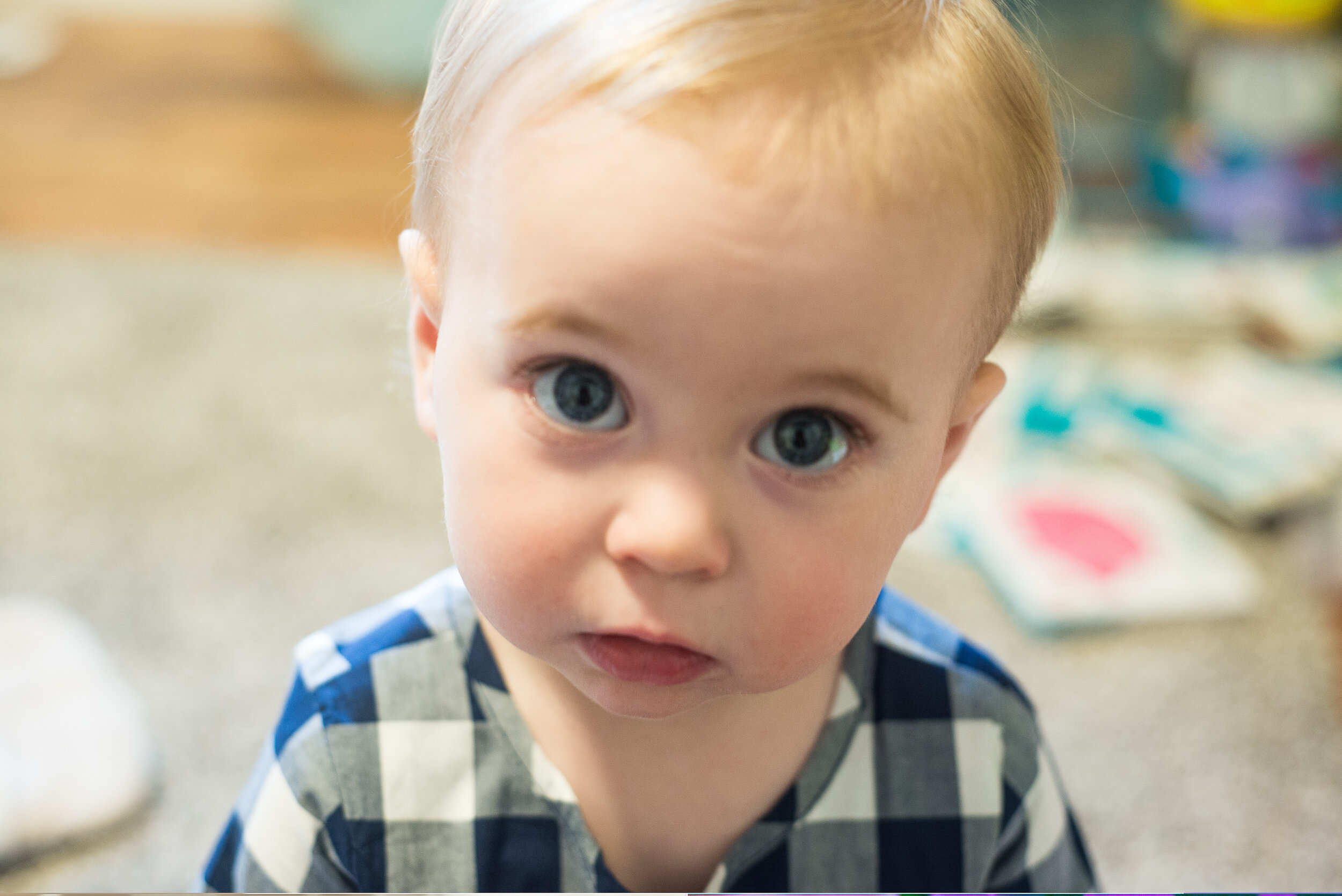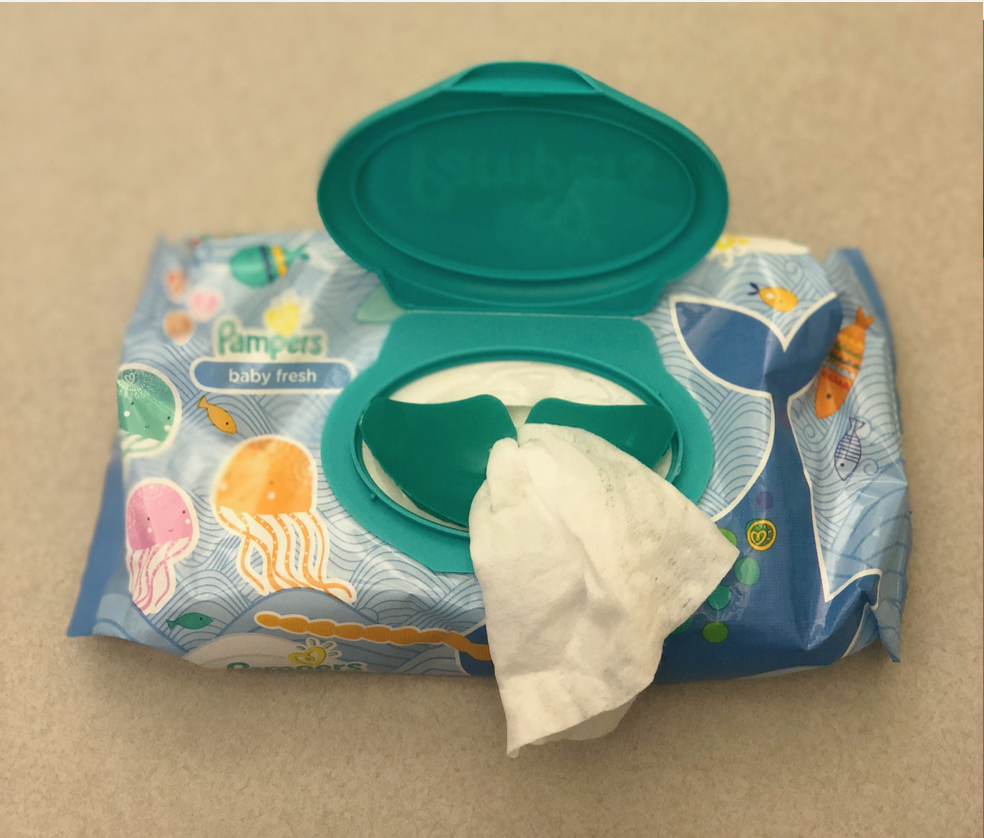
Baby Wipes
making the diaper changing
process less crappy
——
Project Type
design research
product design
business strategy
Skills
problem framing
team forming
secondary research
user interviews
research synthesis: tensions, insights
prototyping: form adaptation
brand strategy
funding strategy
client pitch
Role
project manager
research synthesis lead
prototype co-lead
pitch story design lead
The Challenge
Industrialization and mass manufacturing have enabled consumer packaged goods to make it into the hands of millions. But some of those products — even the classics — still leave consumers wanting.
I took on a course that asks you to do just that: innovate on an age old product. My product? Baby wipes. The added challenge? Take into account cost factors to prove financial viability.
As a student in The Marriott School of Management, I led a team of four through the design research, ideation, prototyping, and pitching process to innovate baby wipes in a way that both sparks delight and is cost efficient. The result?
Wipes that simultaneously entertain and efficiently separate for minimal additional cost
A snapshot of a final prototype created to address the pain point of wipes sticking together.
The Process
Given our initial course challenge, my team and I settled on the following foundational question.
How do you innovate a classic to delight in a way that’s financially viable?
To gain context on our product space, we immersed ourselves in secondary research: reading articles/blogs, browsing market and competitive analyses, and using Brandwatch for social listening. We discovered a saturated market, highlighting the need to differentiate, and a price sensitive user, emphasizing the need for a financially scrappy solution.
Next, we conducted primary user research. We performed shop-a-longs to understand how consumers interact with the product in a retail environment and in-home-interviews to observe product usage and pinpoint product frustrations.
After a synthesis of our research, two key observations surfaced to the top:
1. babies are wiggly and constantly trying to escape their diaper changes
2. caregivers want one wipe at a time but wipes stick to one another
Baby Greta attempting escape during one of our in-home-interviews.
Together, these observations formed an insight that shaped our process moving forward. Babies are wiggly + wipes don’t separate =
a chaotic diaper change with the caregiver using one hand to hold baby in place and the other to grab wipes
only to retrieve a never-ending chain of wipes creating a high potential for mess that leaves both caregiver and baby grumpy
Social listening highlighted that the main frustration with wipes sticking comes from pulling them one-handed.
With these insights in hand, we brainstormed solutions. Circling through ideas, we landed on two concepts and created prototypes to illustrate our ideas. The first concept was a toy teether bungee attachment designed with the intent of always having something on hand to distract and occupy baby. The second concept was an adapted wipe dispenser mechanism designed for consistent separation.



The Result
Finally, we ran a cost analysis and determined that our product innovation was financially viable—coming to a one-time cost of only two dollars plus a recurring cost of three to six cents per pack.
We compiled our work into a 116 page report (not a joke) plus a slide deck. We wrapped up our project by presenting to industry experts, including c-suite Walmart executives, receiving favorable feedback on both our process and solutions.
The team on presentation day. One executive even commented: “I don’t know why Pampers hasn’t done this yet.”
lessons
Play to team member strengths and interests for a stronger result.
Embrace constraints to push your creativity!
Iterate early and often to push the boundaries on what’s possible.
If I were to do it again, I would iterate quicker and explore a motion-activated sensor (think paper-towel dispenser) as well as a button-initiated lights and music feature.




